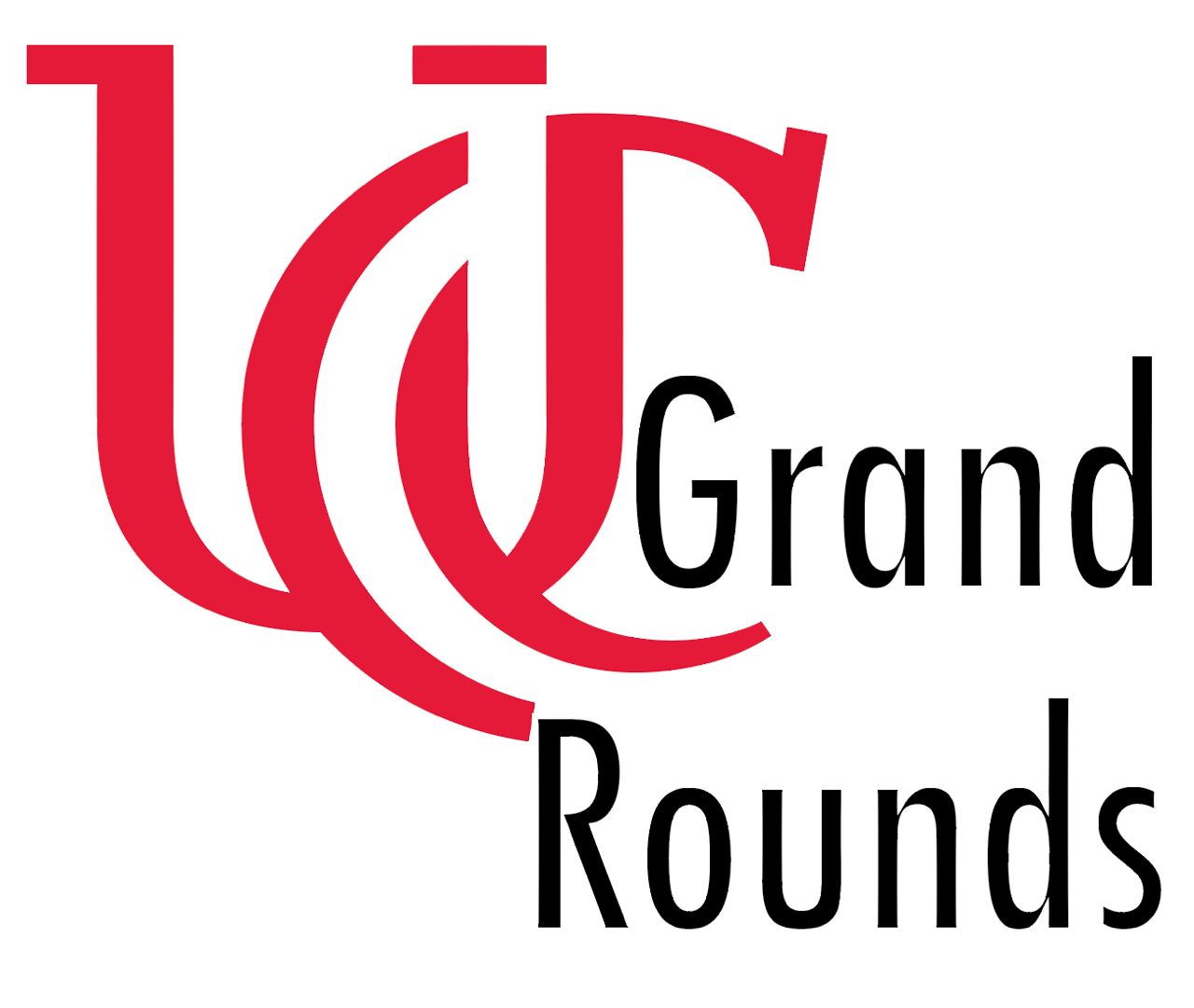So, what constitutes a “positive” tap when evaluating for subarachnoid hemorrhage?
Traditional teaching is that a positive tap is Xanthochromia or blood in the CSF
What exactly is Xanthochromia?
The word xanthochromia is simply Greek for “yellow color.” It refers to the yellow color that CSF can take in certain situations. Some of these situations are listed below:
- Elevated CSF protein
- Jaundice
- Hypervitaminosis A
- Rifampin Therapy
- Elevated Bilirubin
- Oxyhemoglobin
What we are especially interested in when evaluating for subarachnoid hemorrhage is bilirubin and oxyhemoglobin.
Read More







